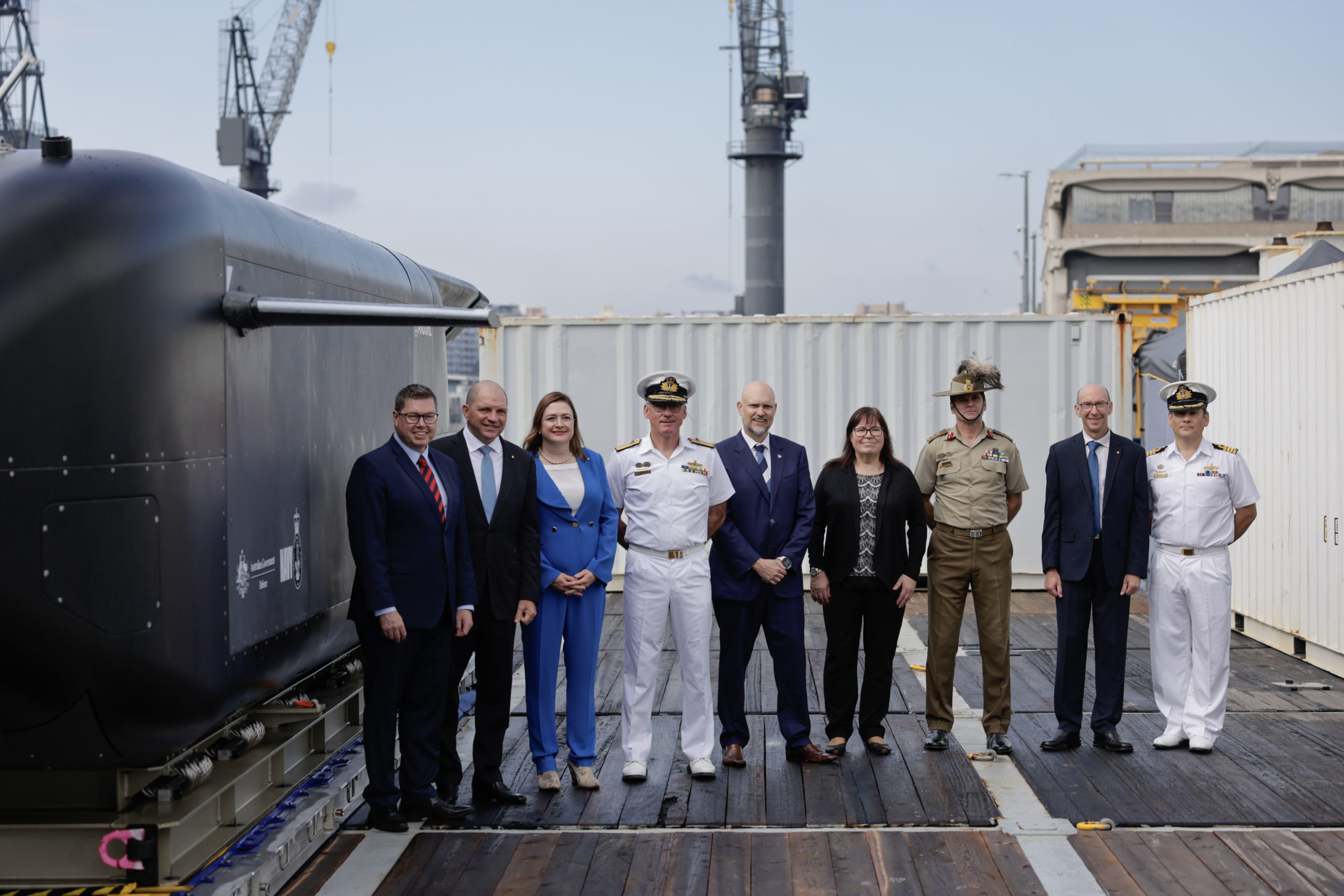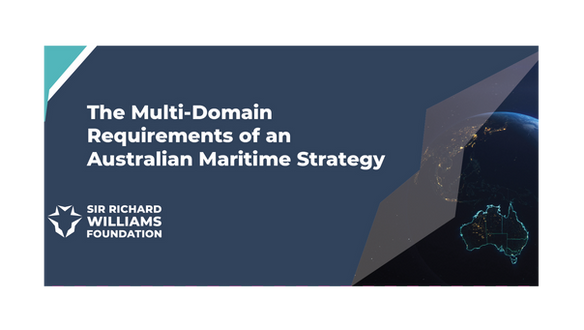By Robbin Laird
I followed up with Jennifer Parker on April 19, 2024 with regard to her presentation on how to conceptualize Australian maritime strategic interests and strategy.
We focused on how she conceptualized the strategy and the needed approach as much wider than a focus on ADF capabilities.
We discussed the need for reforming the Australian Defense Force’s structure to address 21st century security challenges.
We highlighted in our discussion the importance of involving society and the economy in a broader conversation about defense and security, and the need for expedited capability acquisition to address existing gaps and emerging threats.
We finally focused on the challenge to shape a more ambitious approach to defense organization design, involving a broader societal and economic involvement to address capacity issues and maximize government capacity.
Parker started by arguing that “in Australia, we jump to the capability conversation to quickly.”
She argued that any consideration of national security strategy must start with assessing Australia’s critical vulnerabilities across various domains, including political warfare, cyber warfare, and space which affects its maritime interests. Maritime strategy then would be part of such an approach.
And when done in this manner, Parker argues that “we need to address organizational structure and how we have organized ourselves to deal with our vulnerabilities.”
Doing so will underscore the need for restructuring national agencies and departments to better address these vulnerabilities, with a focus on linking up broader considerations and authorities to do so.
This suggests or reinforces the need for a national security architecture to coordinate maritime security efforts. In such an architecture one key organizational issue to be dealt with is the lack of data sharing across fleets and departments, and the need for a central authority to address security crises.
Such a re-think then would lead to a broader engagement of the society and the economic leaders in shaping such a national strategy which would be inclusive of a maritime one.
Parker put it this way: “The third thing to do after focusing on vulnerabilities and government restructuring is to be really open with the public about what’s happening, and why we need these changes.”
This is a version of my own argument that simply pursuing a national security strategy in age where global security challenges are diffuse within our societies is simply continuing the role if national security decision makers as some sort of high priesthood.
The broader engagement of the society and economy is critical. Evolving defense needs rely increasingly on a security base which is not narrowly about defense. Much or perhaps most of the technologies to be mastered for defense come from the commercial sector. The flow of dual use technologies has changed from defense to the civil economy to operating the other way around.
Based on such a re-set the ADF needs to review its structure to address multiple domains of operations as it proceeds with its multi-domain integration.
We then discussed the capability issues.
How does Australia address its gaps in Navy capabilities, particularly in submarines and ships, in a more urgent manner?
Parker underscored that the Navy’s capability acquisition process needs reform in order to move faster and be more responsive to changing needs.
I mentioned my discussions with a senior U,S, Admiral who focused on their need to fill capabilities gaps with new or extant technologies, but the U.S. acquisition process simply does not allow them to do so.
The same is true of Australia, and this especially significant as contributions from autonomous systems – air and maritime – which are software driven payload carriers — become especially significant in force redesign an meeting shortfalls in the short and medium term. Their constant redesign as use dictates a new approach whereby the users and the developers need to be working in an ongoing and continuous process of changing these systems based on real world experience.
When the Plan Jericho approach was launched by the RAAF one of the key themes identified was the need to enable software transient advantages for the force compared to an adversary. This is evident now in the coming of autonomous systems and how to include them in the force, but the challenge of how data is generated by the force and used in a whole of government maritime security and defense effort only is worsened by the coming of these systems.
There needs to be organizational change in the ADF and in whole of government in order to effectively employ these new platforms – who are not covered at all by the legacy acquisition process – to the benefit of the ADF, the Maritime Border Command and to the Australian government.
When such a re-design is pursued then the workforce problem changes as well. Parker emphasized the need to shift from a more traditional conversation of recruitment and retention to how agencies are organized for cross domain capacity.
How to enhance the efficacy and efficiency of the government cross domain to deliver the necessary decisions in the right time?
How to use the workforce more effectively and to assess the ability to deliver desired effects is even more important than managing the extant workforce to increase its numbers as the ADF seeks to expand.
Featured Photo:
Minister for Defence Industry, The Hon Pat Conroy MP announced at Garden Island, Sydney that the Government will deliver a sovereign, autonomous undersea capability for the Royal Australian Navy, through the Ghost Shark Program.
Ghost Shark Alpha the first prototype co-developed by Defence Science and Technology Group, the Royal Australian Navy and Anduril Australia was unveiled.
Credit: Australian Department of Defence, April 4, 2024.
See also, the following:













